After Botox: When to Start Retinol?
After Botox: When to Start Retinol?
Navigating the world of skincare and cosmetic procedures can often feel like walking through a maze with endless turns and choices. Among the myriad of options, Botox and retinol stand out as popular choices for those looking to diminish the signs of aging and maintain a youthful glow. However, integrating these treatments into your skincare routine requires careful consideration, especially when it comes to timing. In this comprehensive guide, we'll explore the optimal approach to combining Botox with retinol, ensuring you achieve the best possible outcomes.
Understanding Botox and Retinol

Before we dive into the specifics of timing, let's briefly outline what Botox and retinol are:
- Botox: A neurotoxin derived from Clostridium botulinum bacteria, Botox is most commonly used to reduce the appearance of facial wrinkles. It works by temporarily paralyzing muscles, preventing them from contracting and forming lines on the skin's surface.
- Retinol: A derivative of vitamin A, retinol is a powerhouse ingredient in skincare known for its ability to promote cell turnover and stimulate collagen production. This results in smoother, more youthful-looking skin over time.
Both treatments can significantly enhance your skin's appearance, but they work in very different ways. Therefore, understanding the interaction between the two is crucial for anyone looking to incorporate both into their skincare regimen.
When to Start Retinol After Botox
Immediate Post-Botox Period
Bold Advice: Hold off on retinol immediately after receiving Botox injections. The initial 24 to 48 hours post-treatment are crucial for allowing the Botox to settle into the targeted muscles. During this time, it's advised to avoid any skincare products that can cause irritation or promote increased blood circulation to the face, as these can potentially spread the Botox beyond the intended areas.
The Optimal Timing
Start After the First Week: A safe bet is to resume or start using retinol about one week after your Botox treatment. This timeframe allows the Botox to fully integrate with the neuromuscular junctions, ensuring it remains localized to the desired treatment areas.
Consultation Is Key
Personalized Advice: Always consult with your dermatologist or aesthetician before adding retinol to your routine post-Botox. Individual skin sensitivity, the treated area, and the specific formulation of retinol you plan to use can all influence the optimal timing for you.
Why Combine Botox with Retinol?

Combining Botox and retinol in your skincare regimen can provide complementary benefits. Botox excels at smoothing out existing wrinkles caused by muscle movements, while retinol prevents new wrinkles from forming by enhancing skin texture and resilience. Together, they can offer a comprehensive anti-aging strategy that addresses both the causes and effects of skin aging.
Precautions and Best Practices
- Gradual Introduction: If you're new to retinol, start with a lower concentration and gradually increase as your skin builds tolerance. This minimizes the risk of irritation.
- Sun Protection: Retinol can make your skin more sensitive to the sun. Always use a broad-spectrum SPF during the day to protect your skin from UV damage.
- Nighttime Use: Apply retinol in the evening as part of your nighttime skincare routine. This aligns with the skin's natural repair process and reduces potential sun sensitivity issues.
FAQs
Q: Can I use retinol the night before Botox?
A: It's advisable to pause retinol use 2-3 days before your Botox appointment to avoid any increased skin sensitivity or irritation.
Q: Will retinol affect the longevity of my Botox?
A: No, retinol does not affect how long Botox lasts. Botox works beneath the skin's surface on muscles, while retinol works on the skin's surface and its immediate underlying structures.
Q: Can using retinol lead to more frequent Botox treatments?
A: Not necessarily. While retinol can improve skin texture and elasticity, Botox frequency is generally determined by the individual's muscle activity and the area treated.
Integrating Botox and retinol into your skincare routine can be a powerful combination for combatting the signs of aging. However, timing and careful consideration of each treatment's specific requirements are key to achieving the best results. Always consult with a professional to tailor the approach to your unique skin needs and ensure a harmonious blend of treatments for youthful, radiant skin.


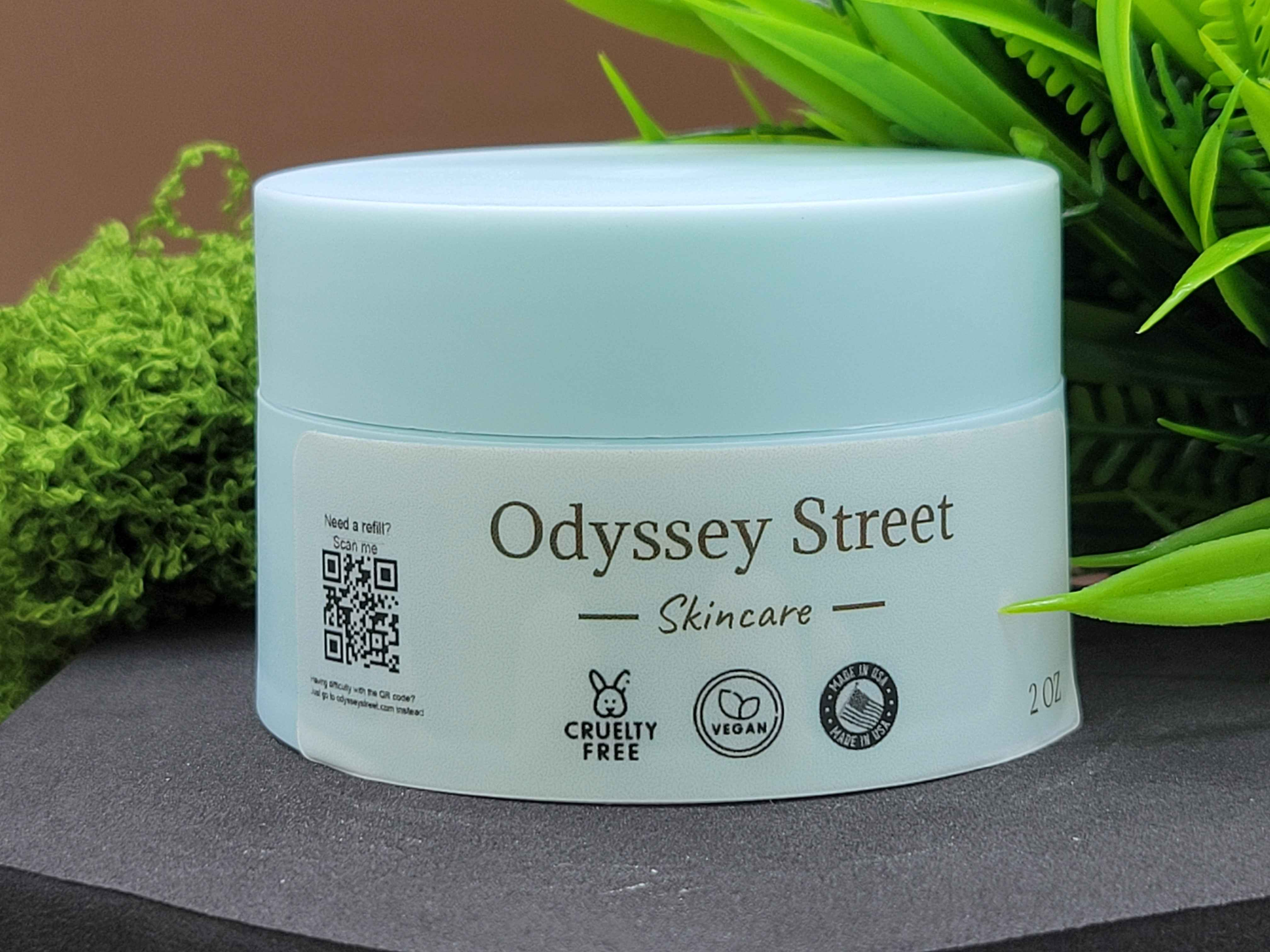
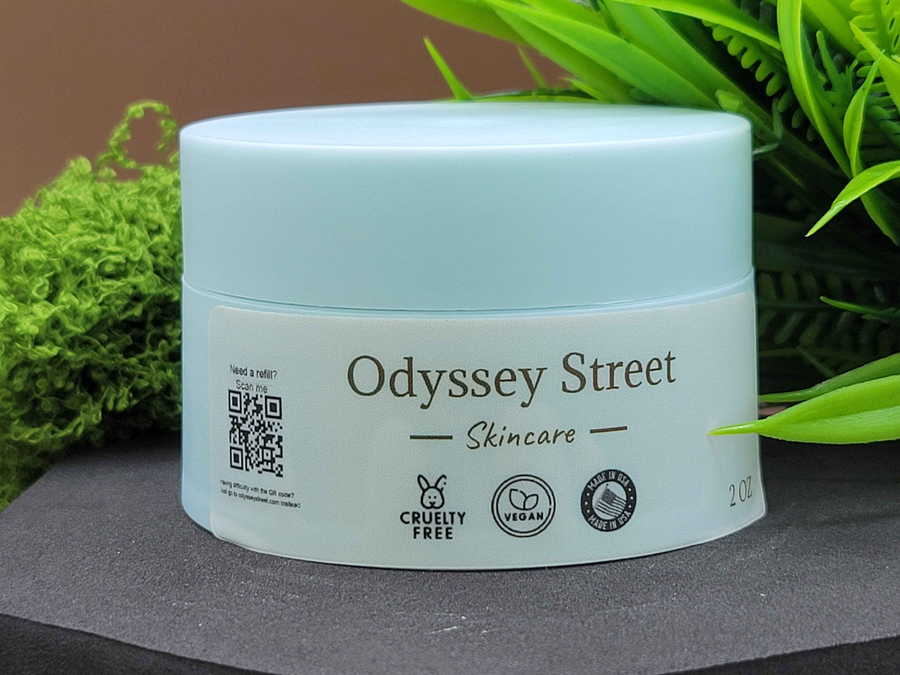
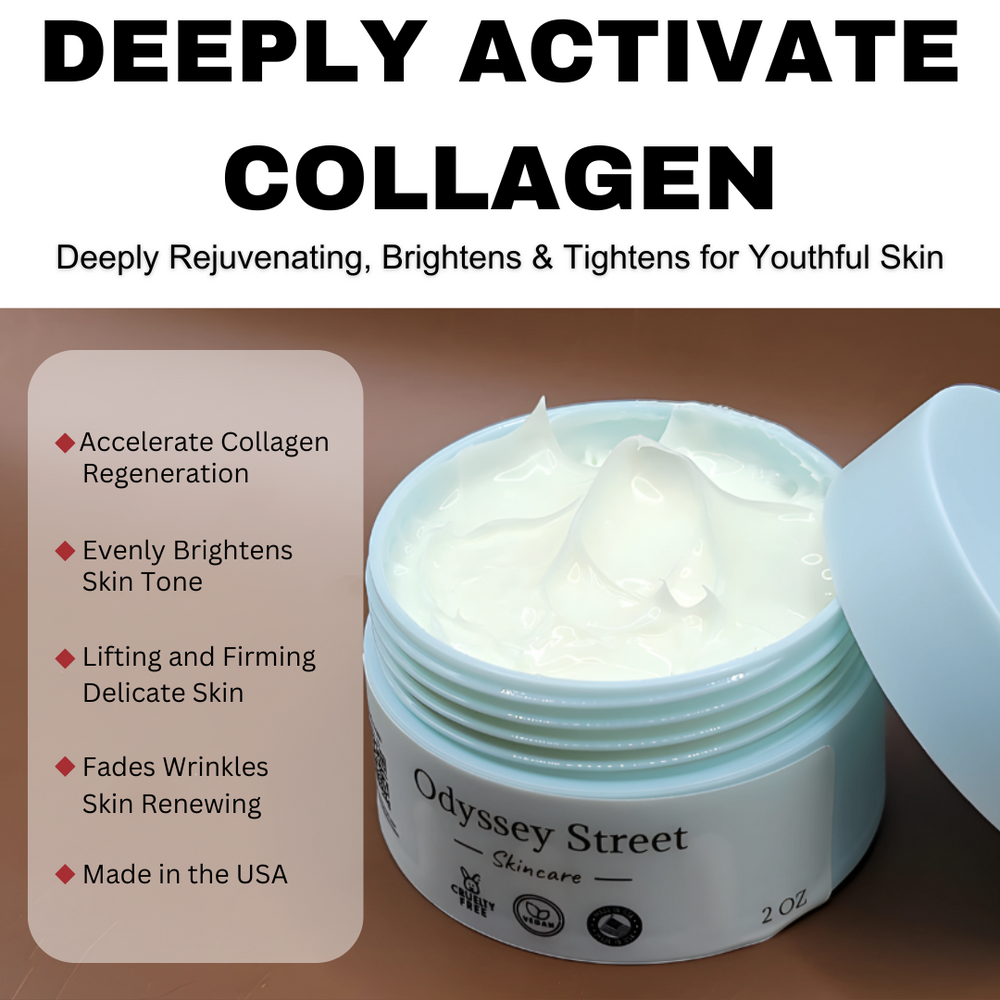


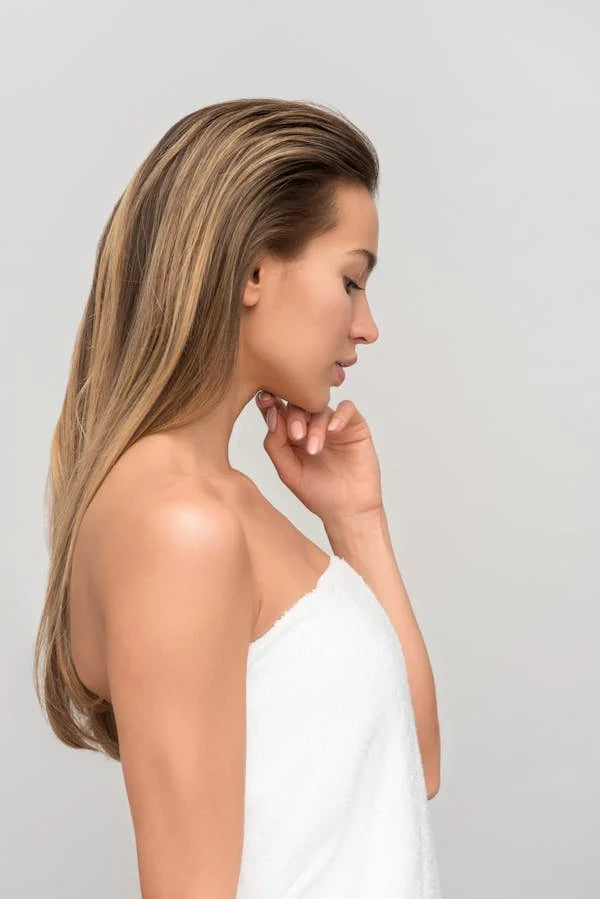
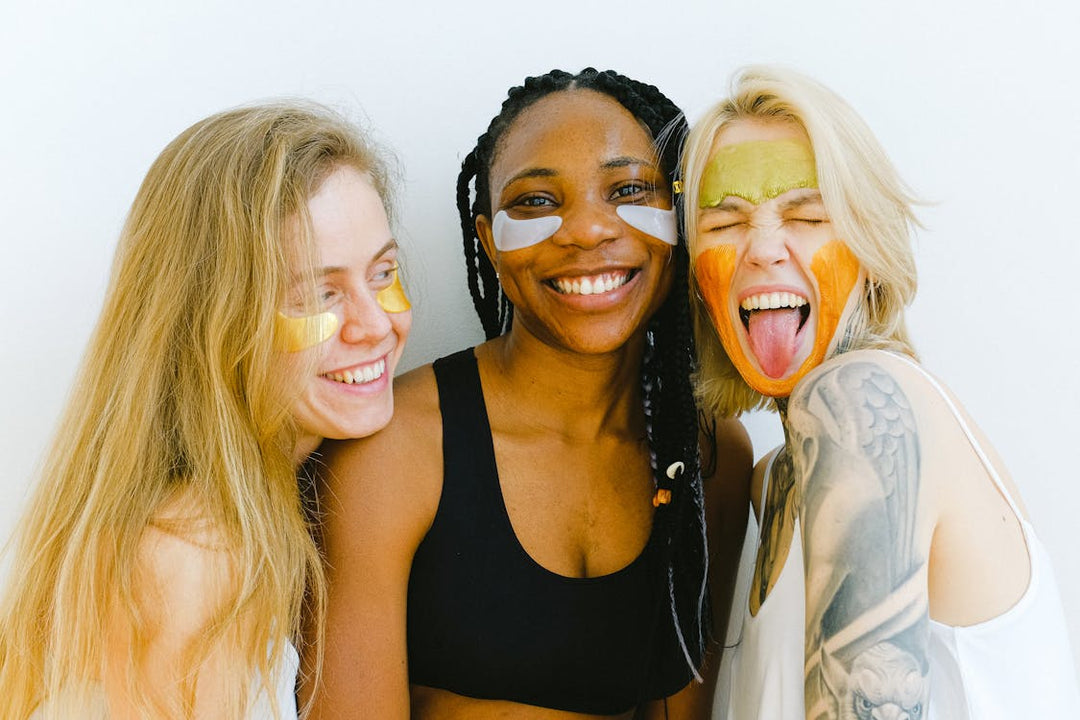
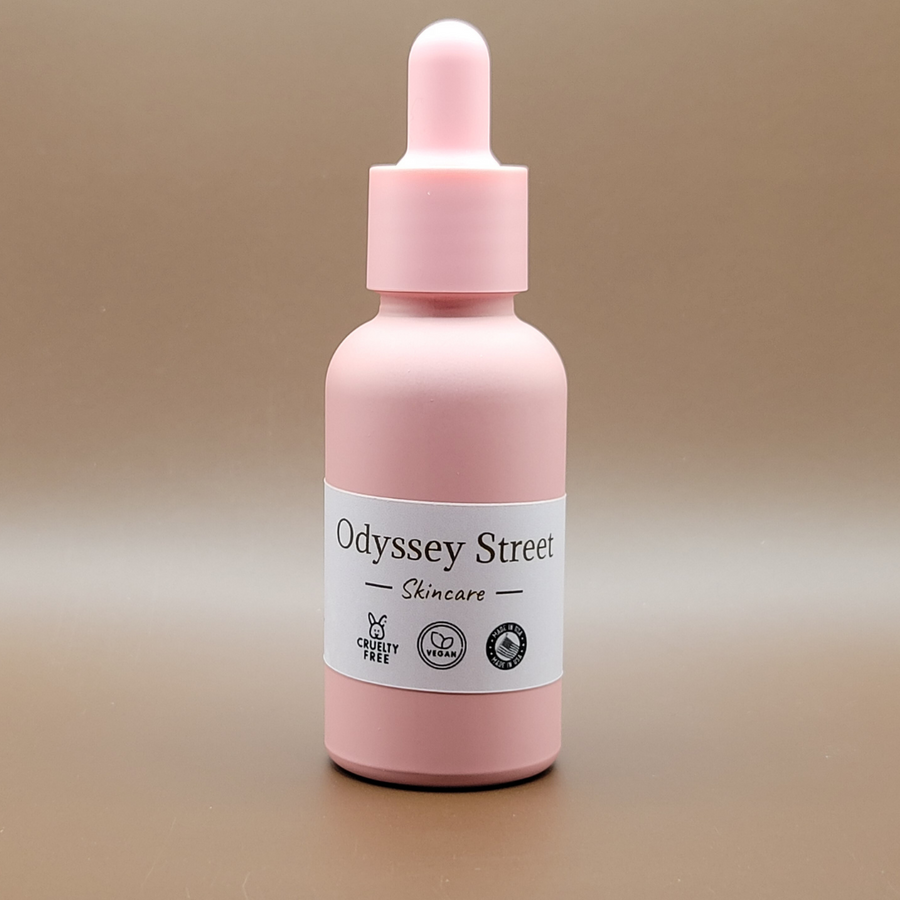
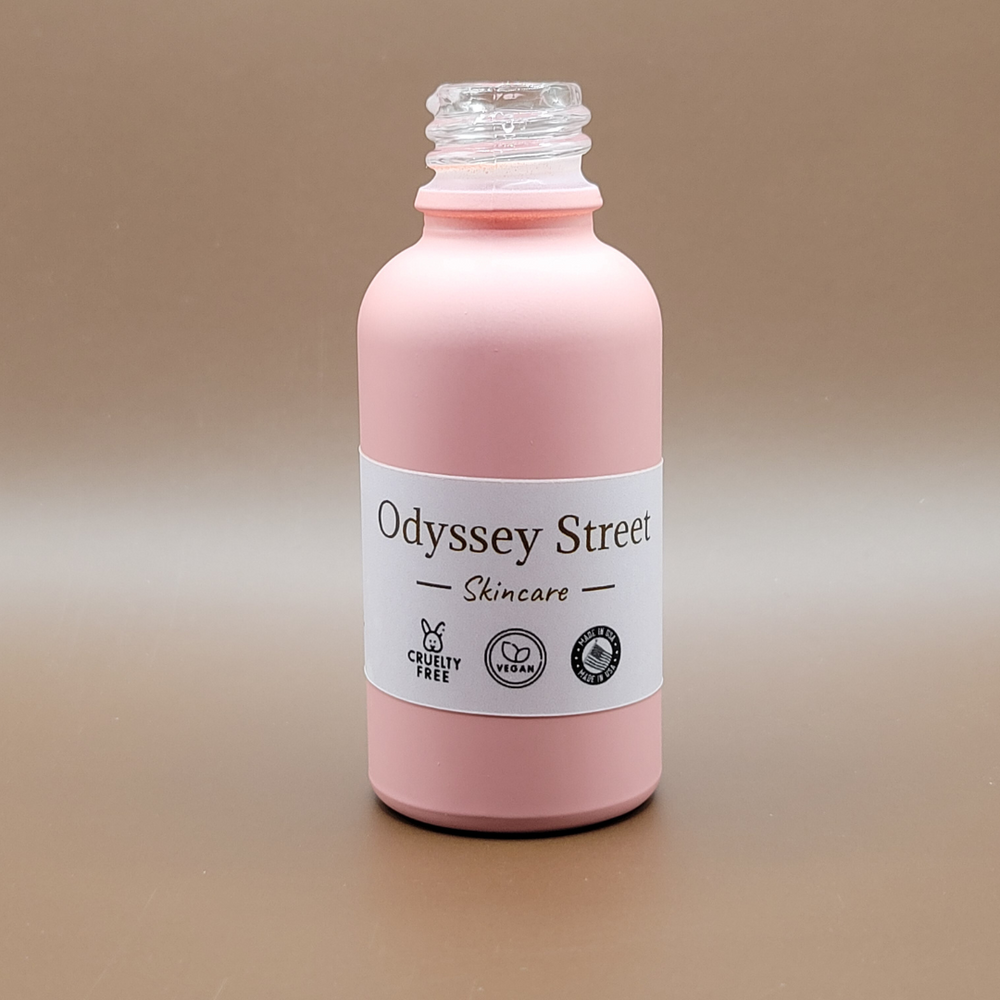
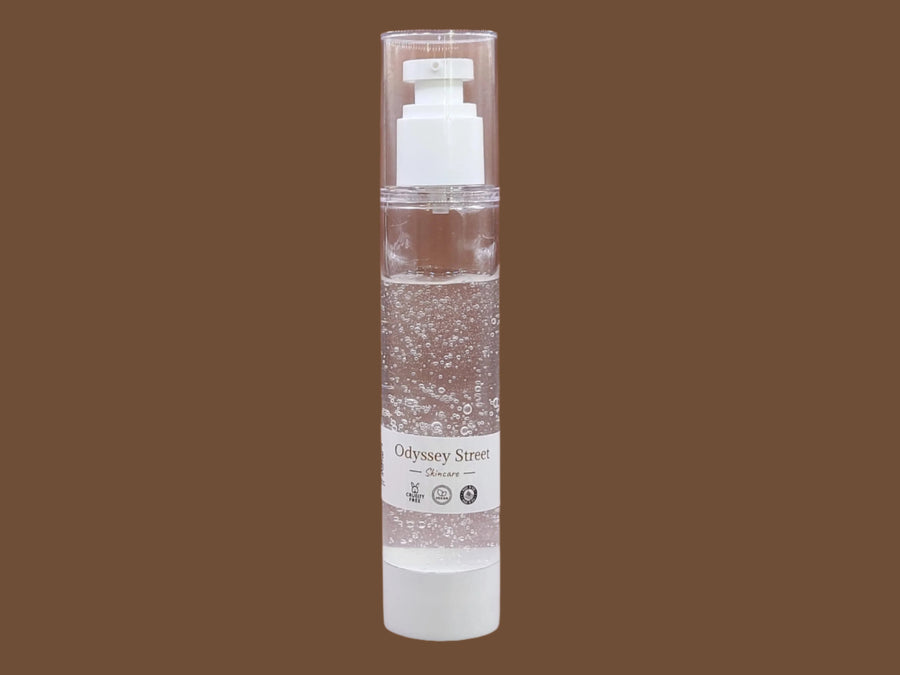
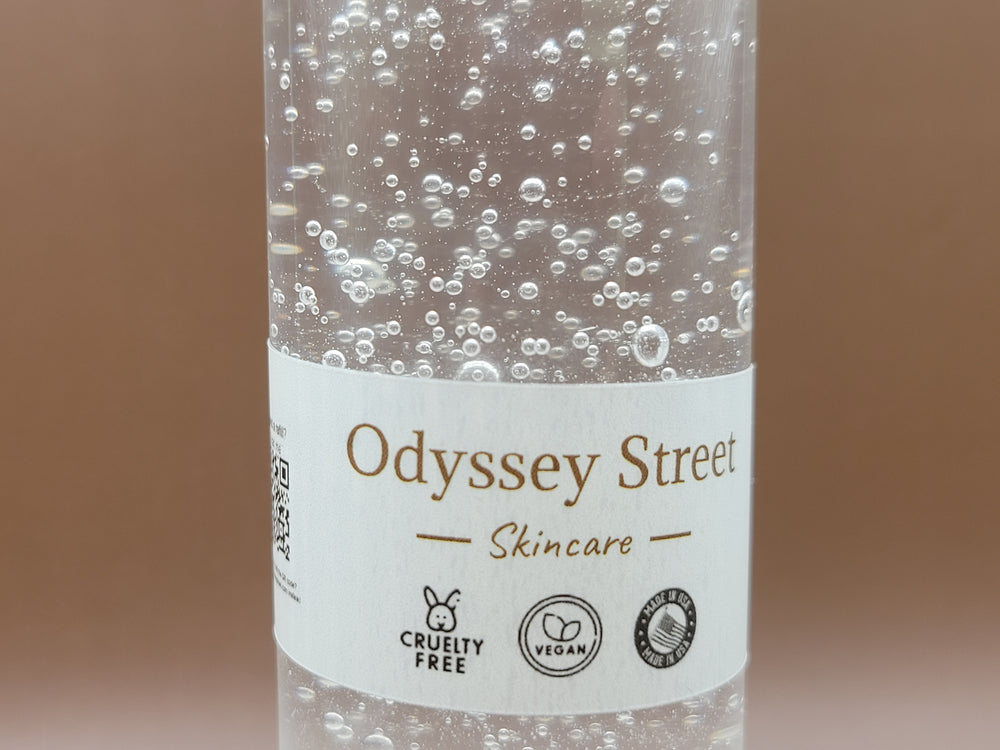
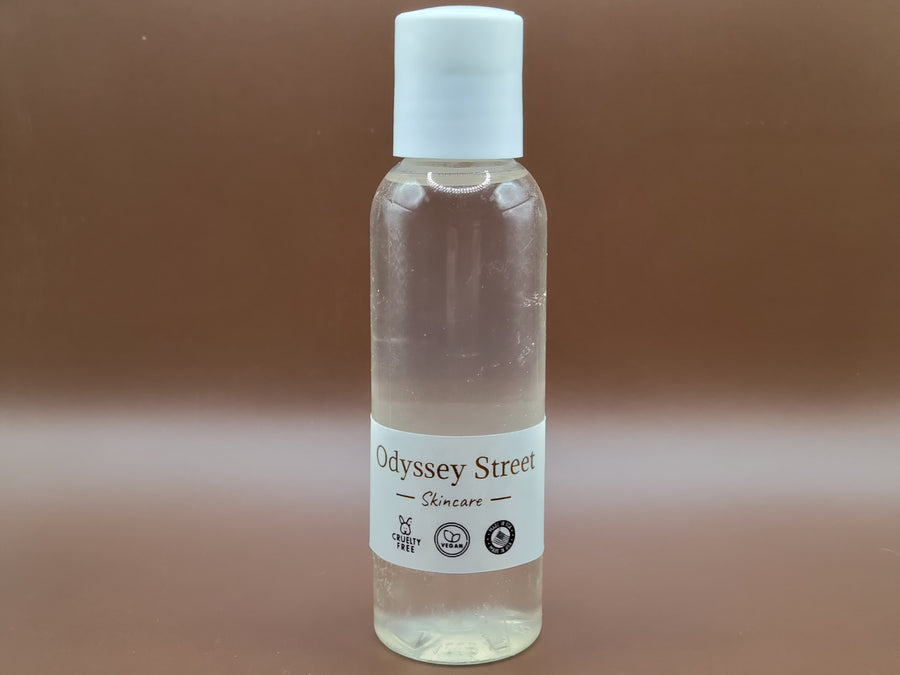
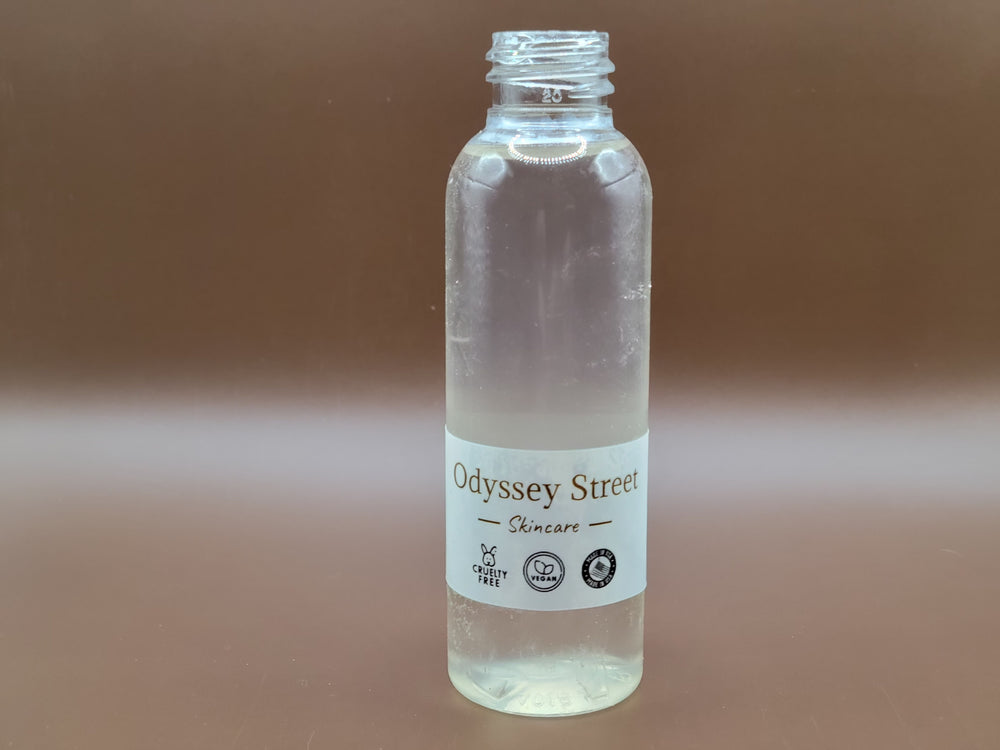
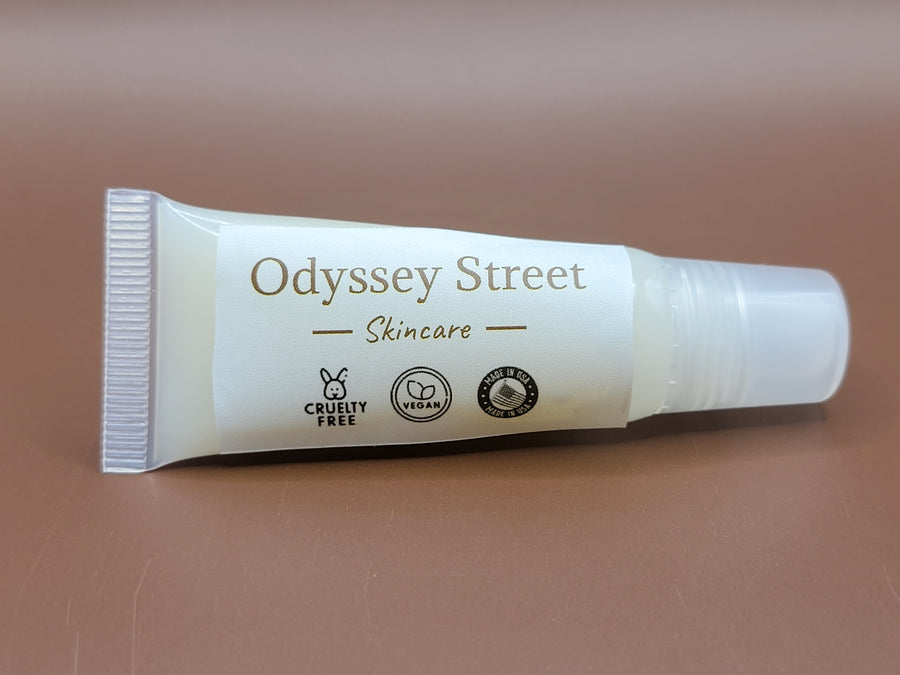
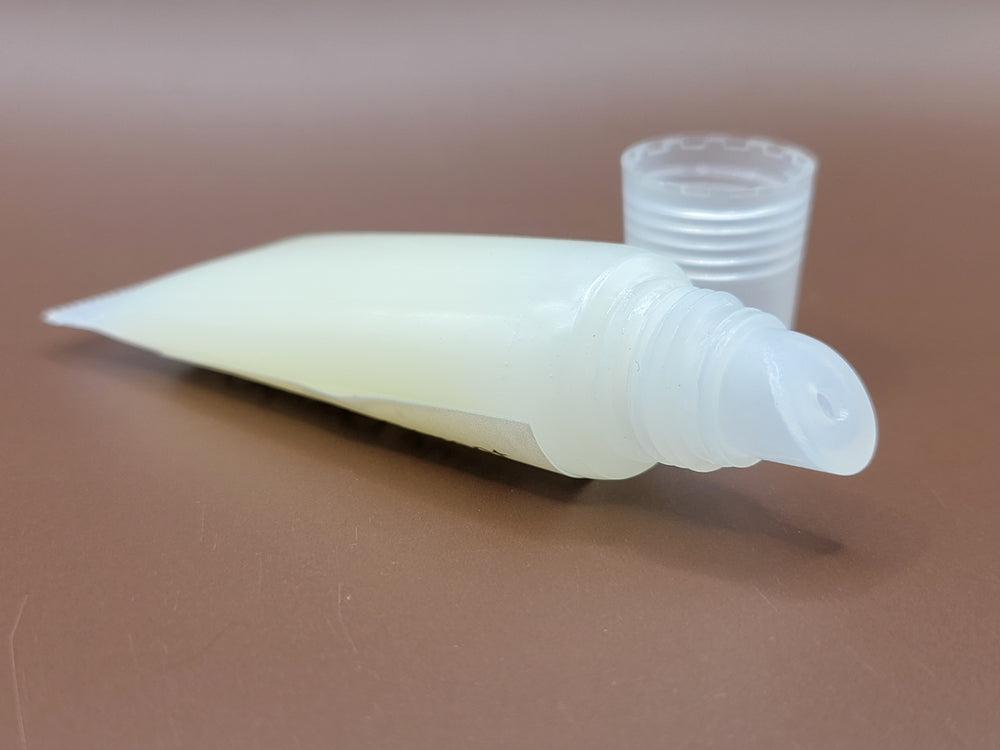
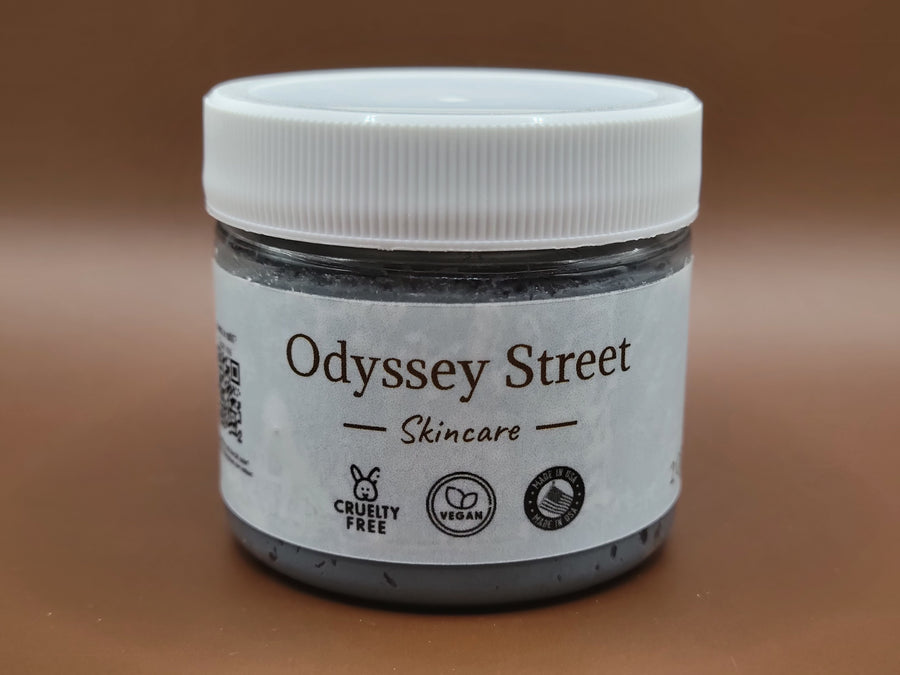
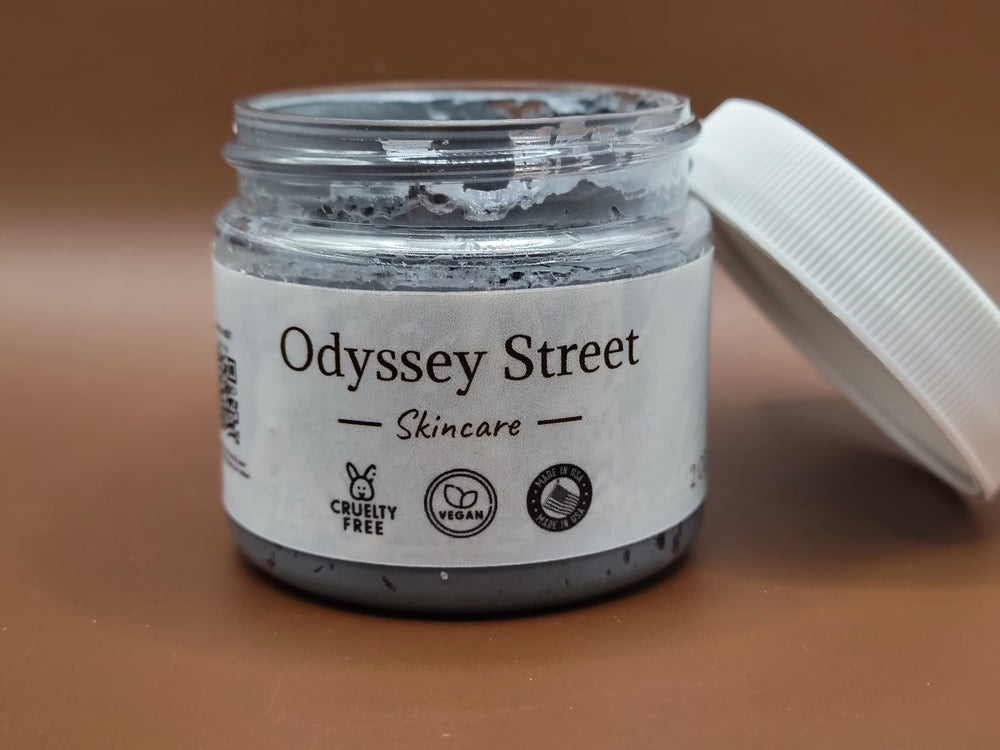
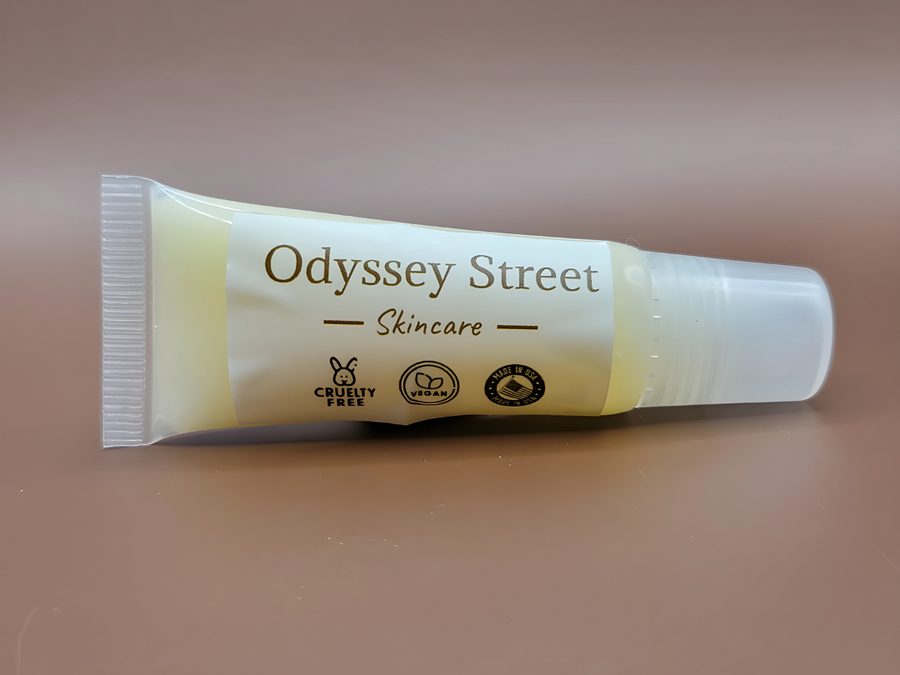
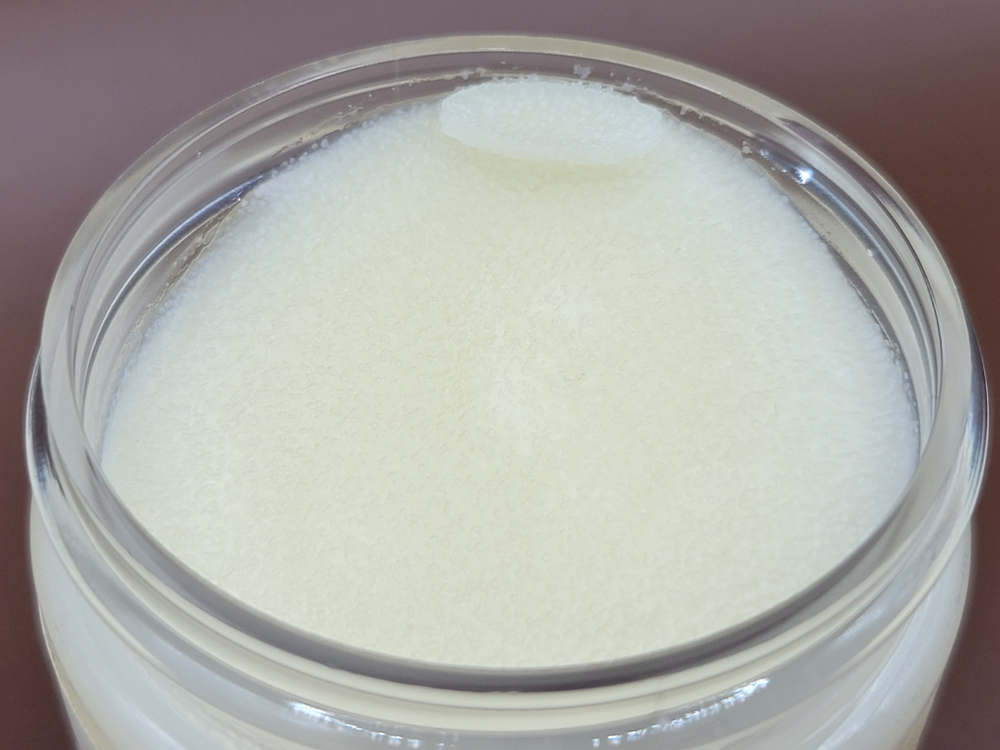
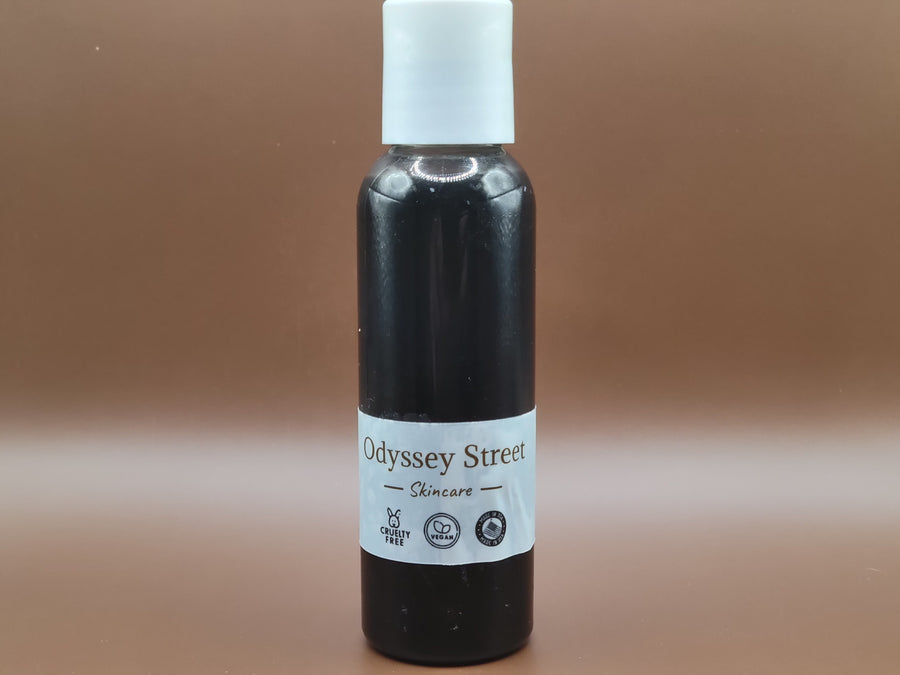
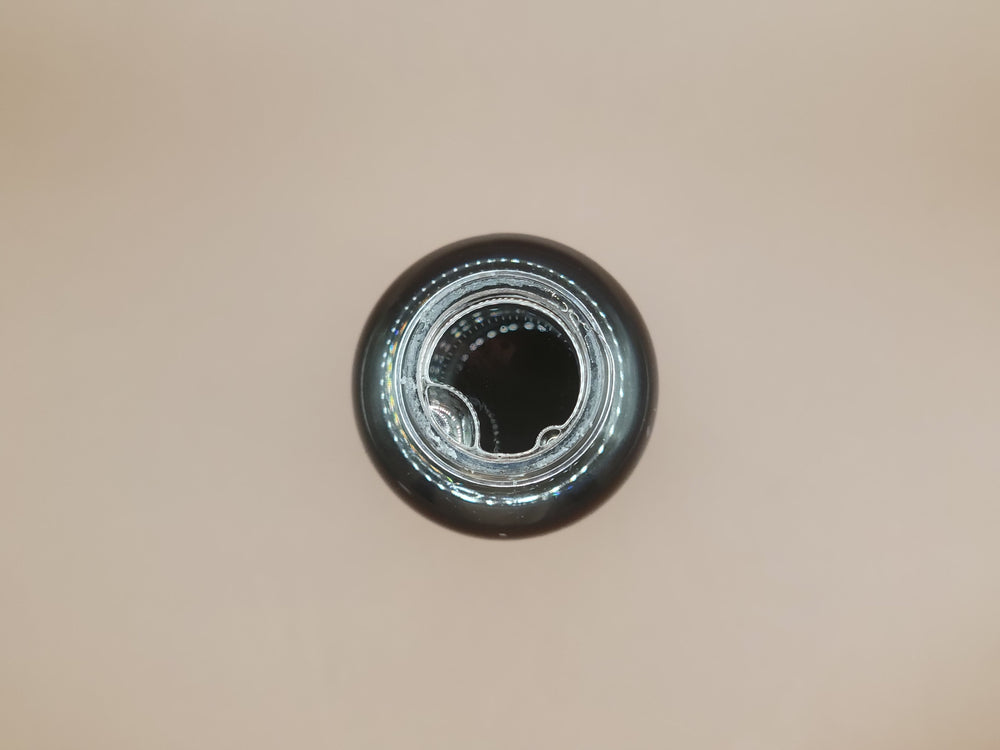
Leave a comment